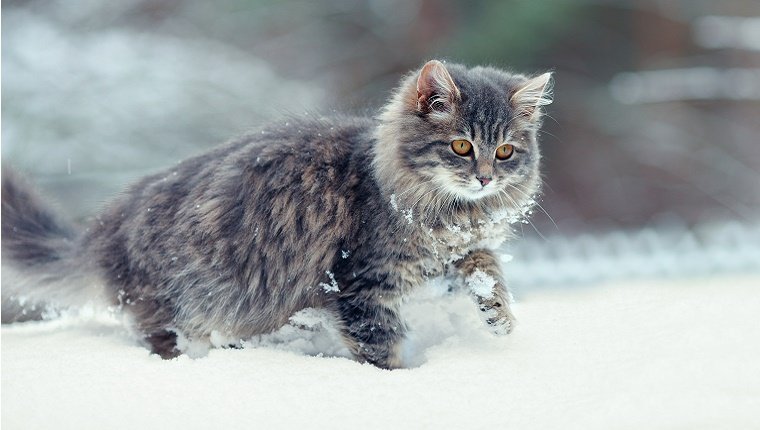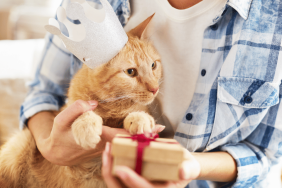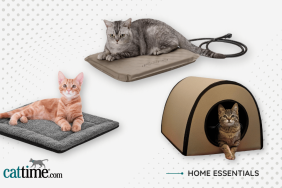During storms and winter months, feral cats will need extra help to stay healthy and warm. Follow these tips to keep your colony safe from the elements.
Keeping Feral Cats Warm In Winter
Almost anything can be turned into a shelter for a feral cat as long as it offers safe refuge from the cold. From the









